When we had sailed in the Caribbean in 2021/2022, Grenada had been our favourite place. It had not been too touristy and still had a distinct Caribbean feel. We were hoping that, three years down the line, it would still be as genuine.
Our initial stop was the fabulous Port Louis Marina. We received a warm welcome. Everyone from the Rally was relieved to have arrived safely and were ready to celebrate. There were pontoon parties, the marina manager party, ladies´ lunch and, of course, an ARC prize giving. So much rum punch!
As usual, the ARC had organised a local tour. The first stop was Grenada Distillers, to see the rum making process and taste the rum. The morning of the trip came after a serious pontoon party the day before, so everyone was feeling a little tender. The guide was very surprised when he asked who was ready to taste rum and he was met by silence!
The final stop was Fort Frederick perched high on the hill above St Georges. Here we learnt about the 1979 revolution. As a result of this uprising, the New Jewel Movement came to power. One of Grenada’s most famous leaders, Maurice Bishop, became Prime Minister of the People’s RevolutionaryGovernment of Grenada. Unfortunately, his leadership came to a bloody end in 1983. There was a coup organised by Deputy Prime Minister, Bernard Coard, and Bishop and his loyal leaders were executed by firing squad.
After a few days relaxing, we hired a car to tour the island. Tony and Katy have not been to Grenada before, so we were keen to show them around.
Next stop was the River Antoine Estate Rum Distillery. Established in 1785, this is the oldest distillery in Grenada. Here rum production continues in the traditional way and the rum is produced using the oldest functioning water wheel in the Caribbean. We had visited here in our previous visit to Grenada but, due to Covid, we had been unable to see it in action. This time it was amazing to see it working. The giant water wheel powers the crusher and the rum is laddled by hand from boiling pot to boiling pot. It is then left to ferment in concrete tanks, before passing into the wood fired stills. Finally, the finished rum is bottled and ready to drink.
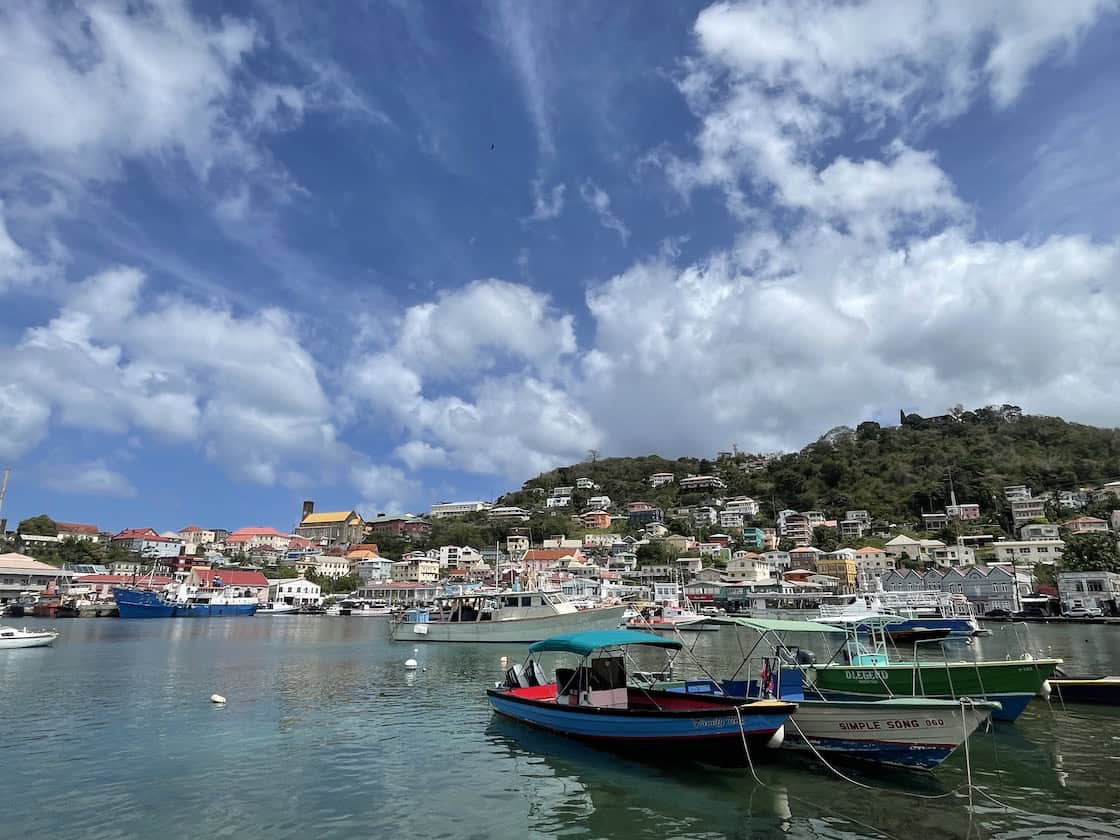
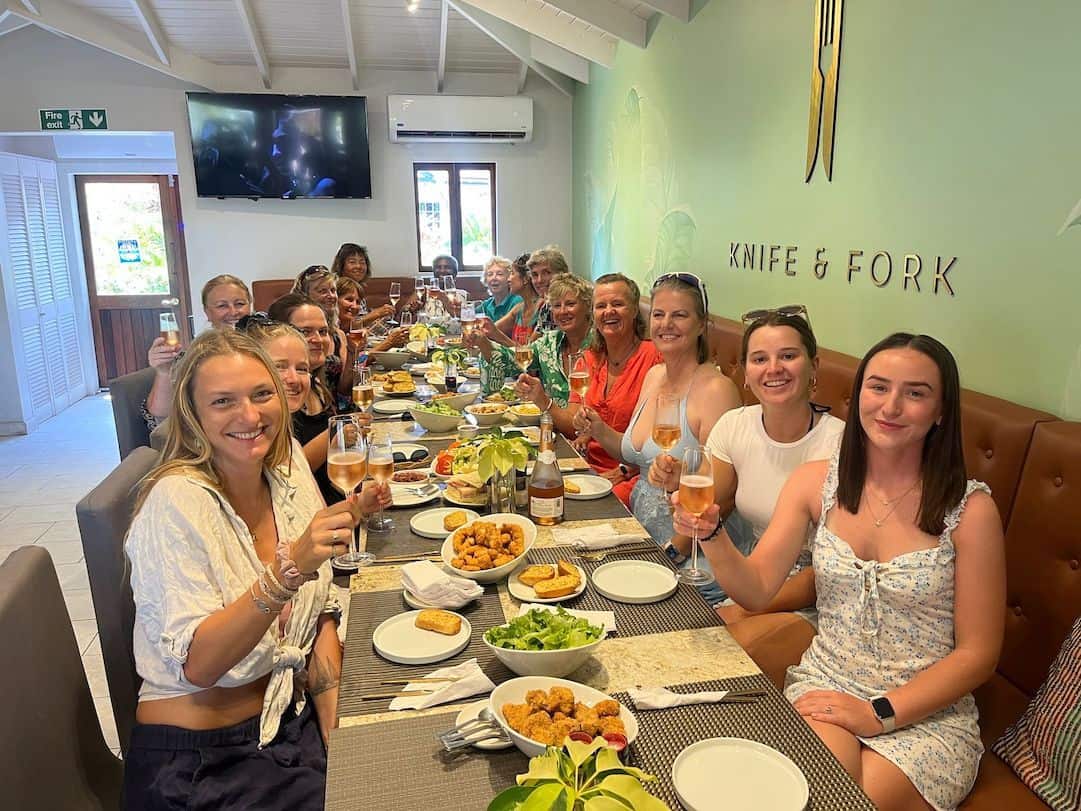
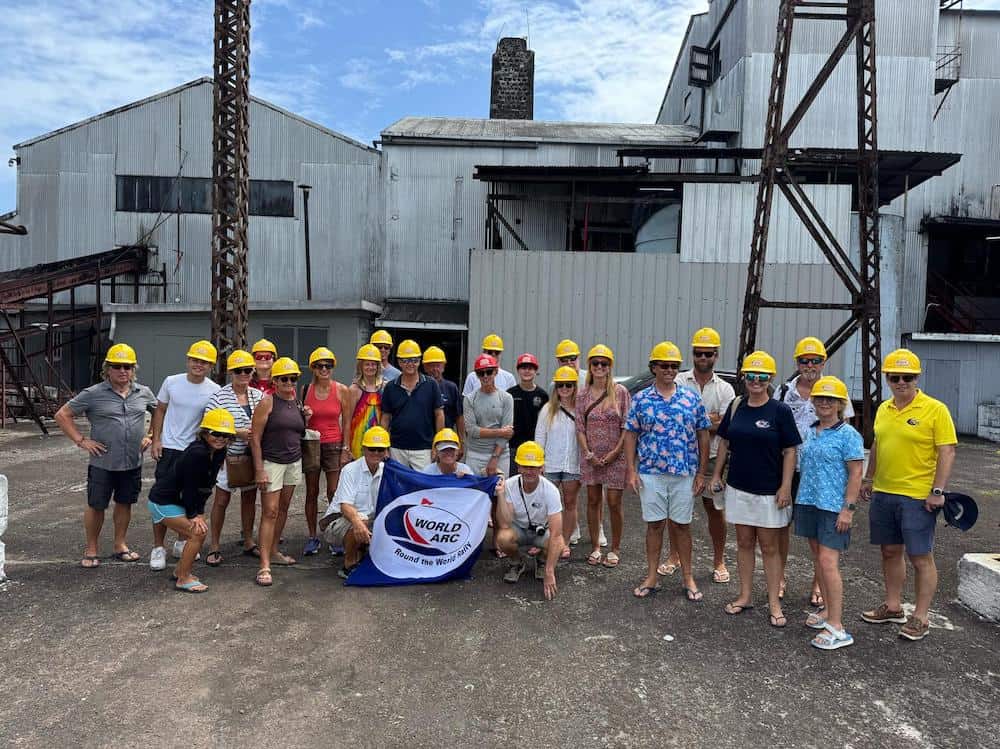
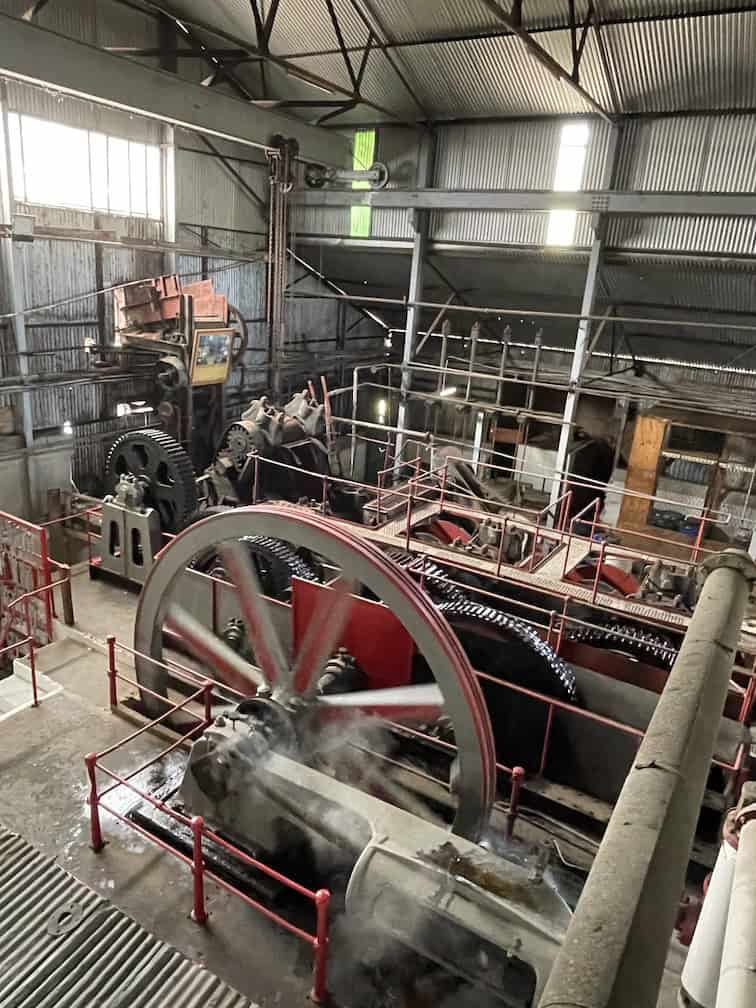
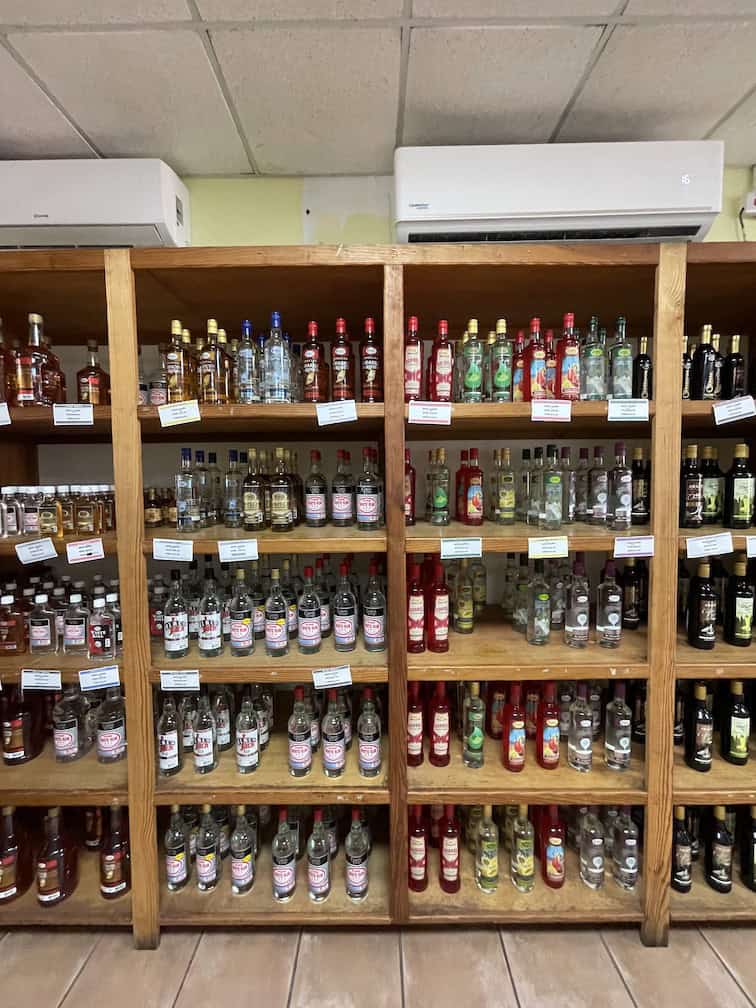
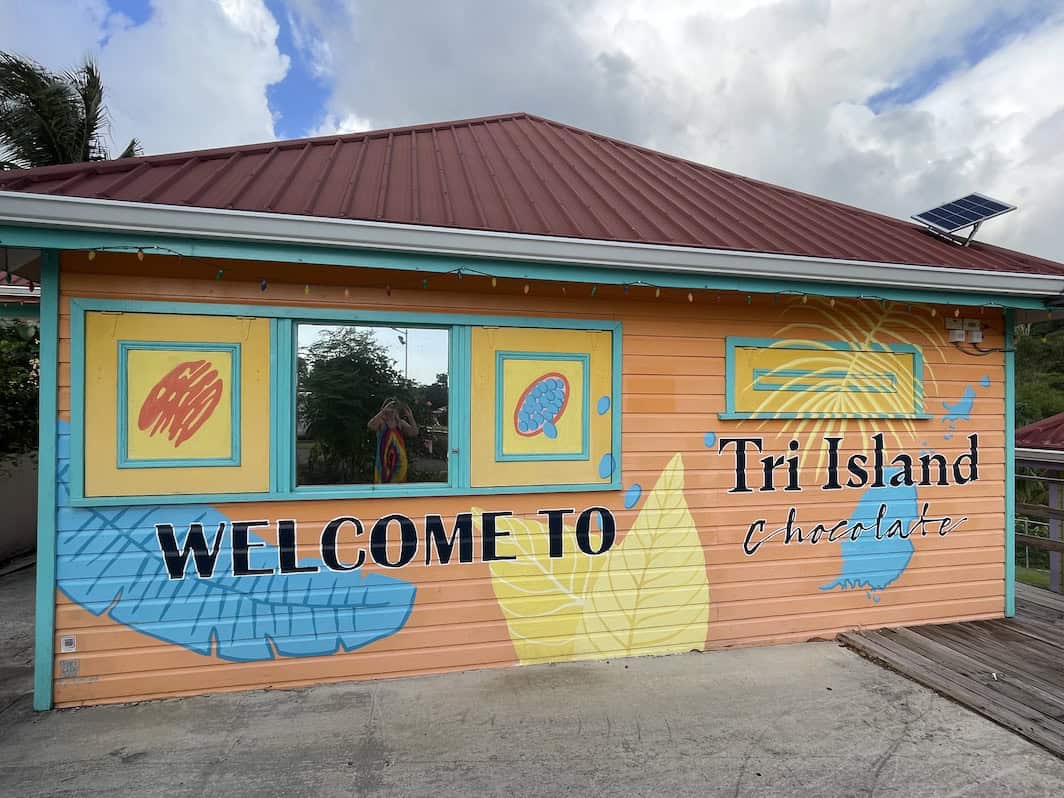
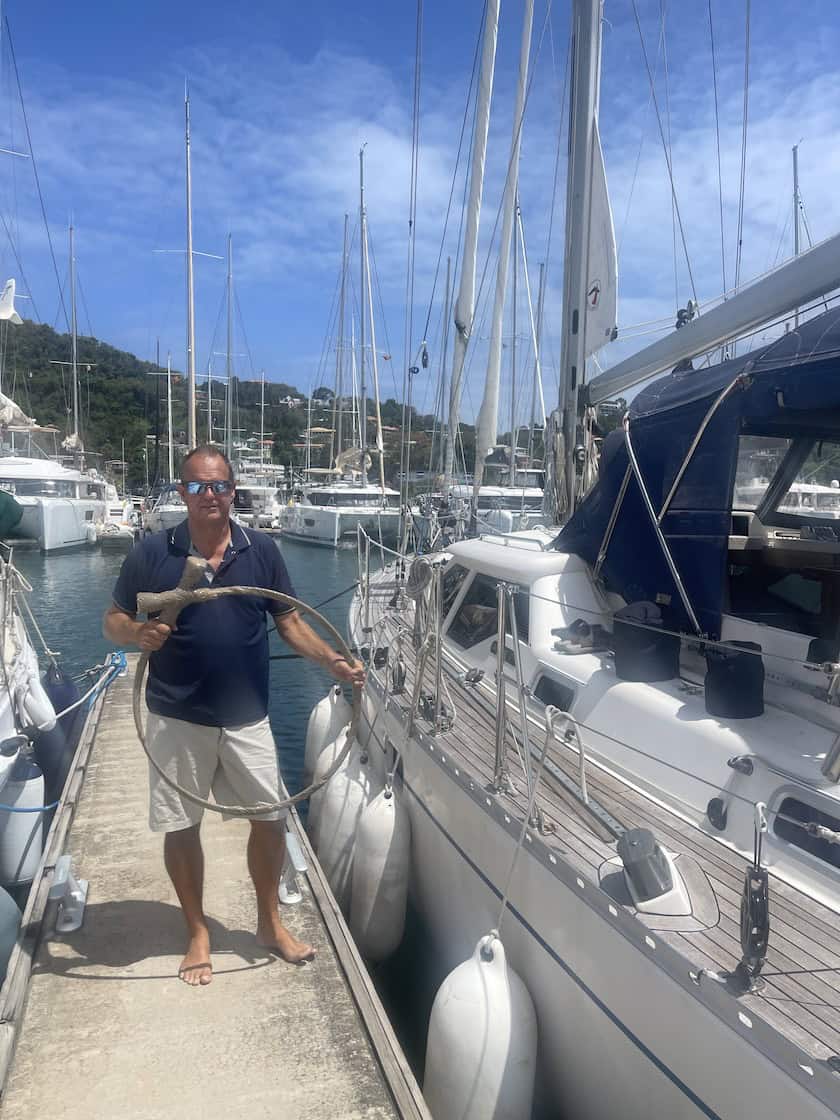
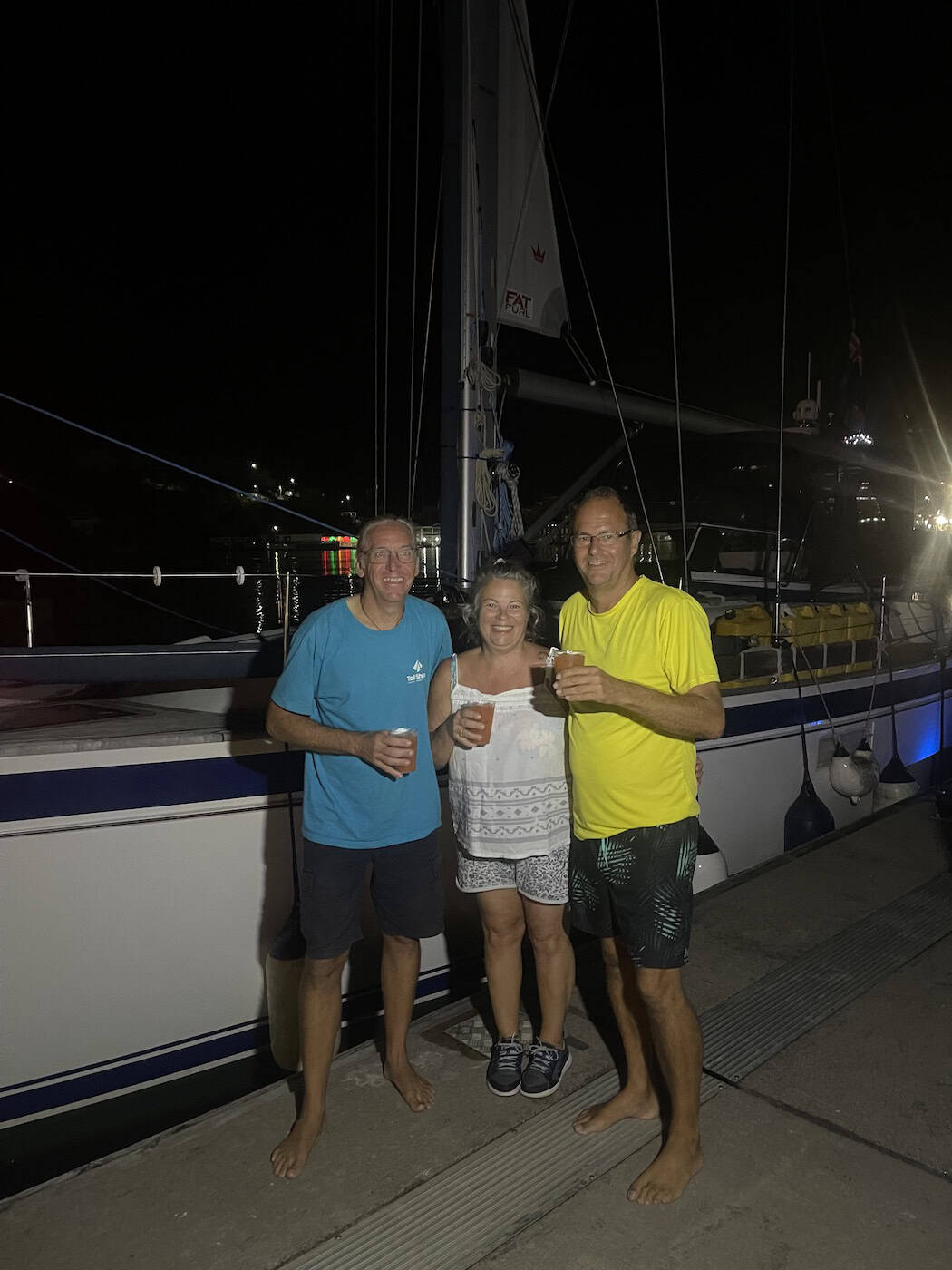
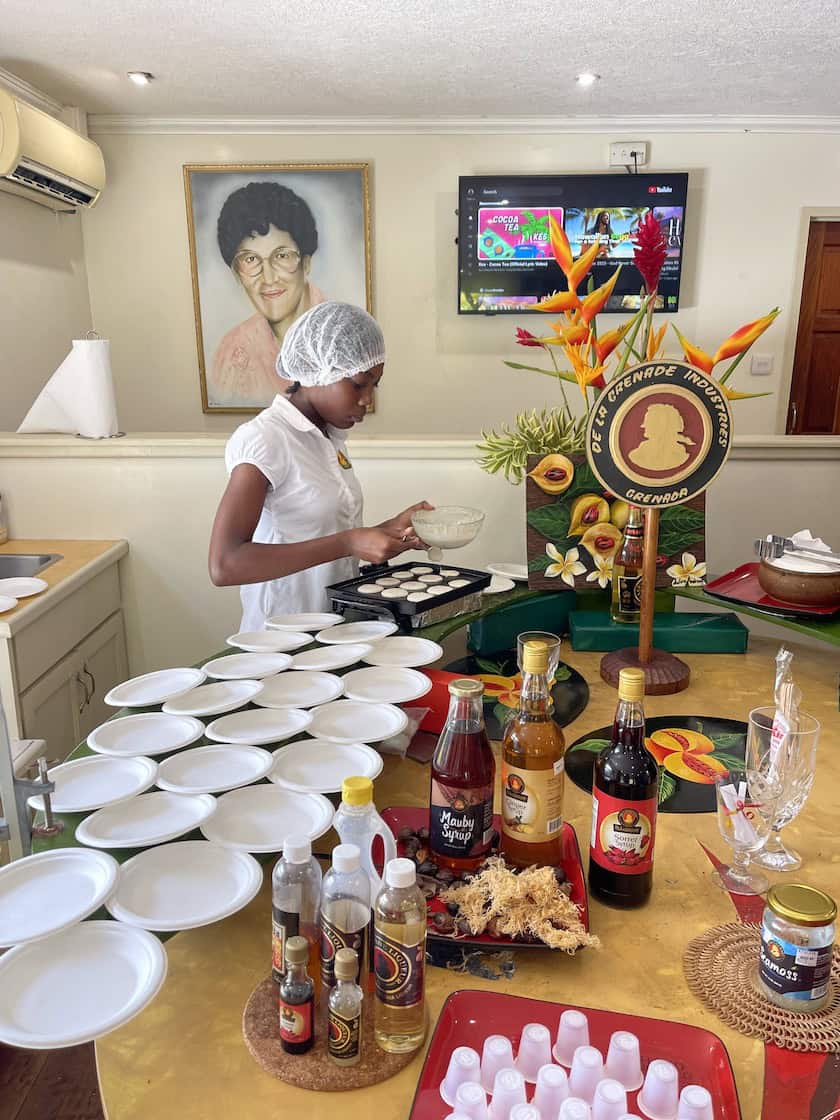
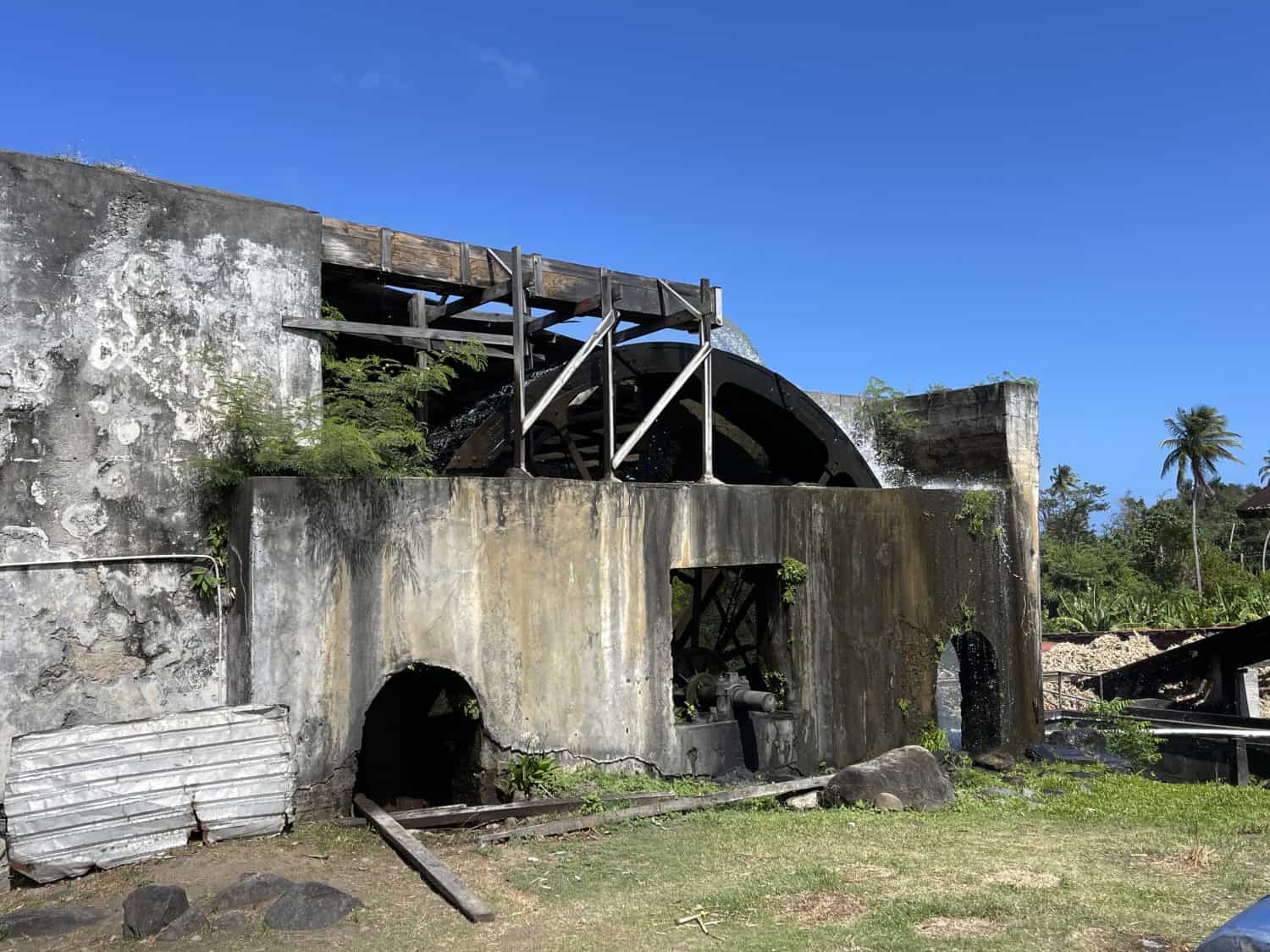
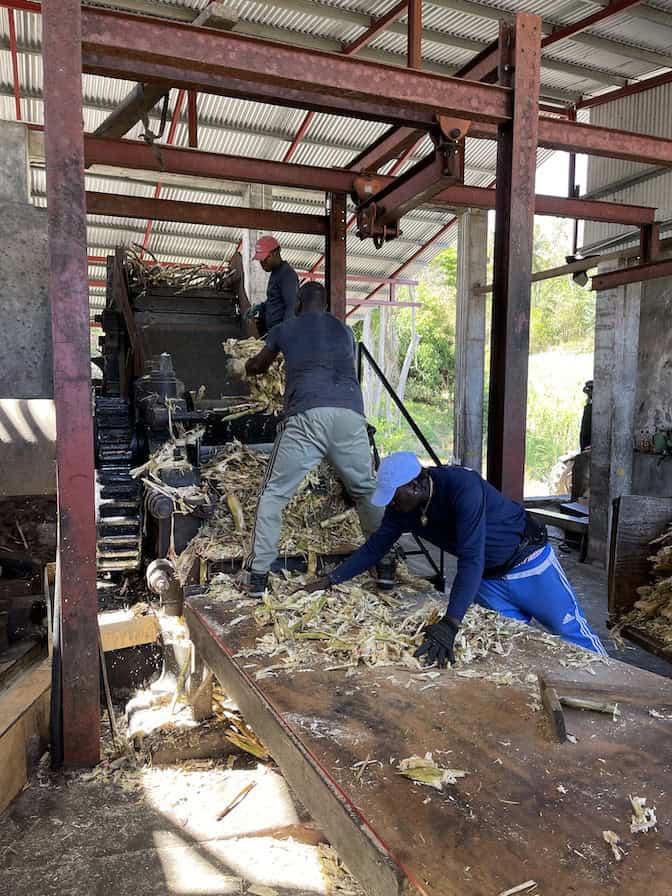
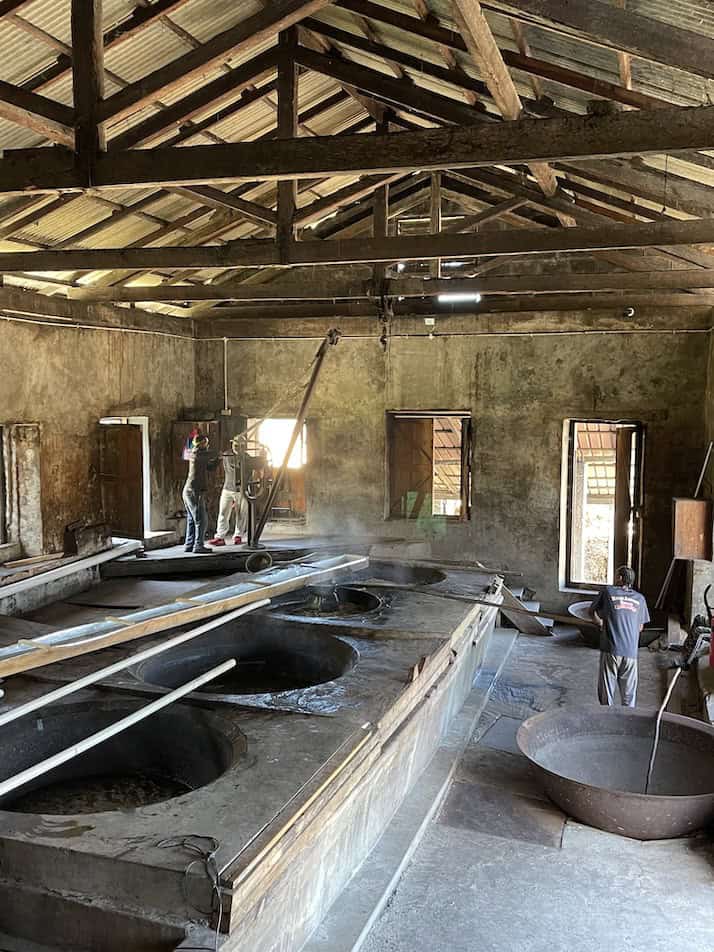
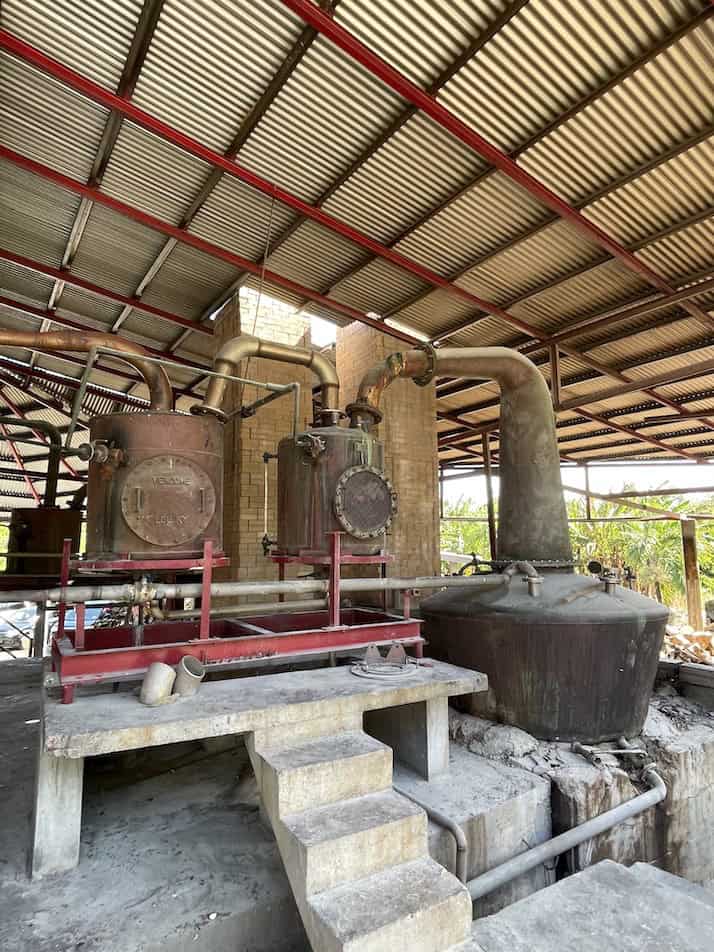
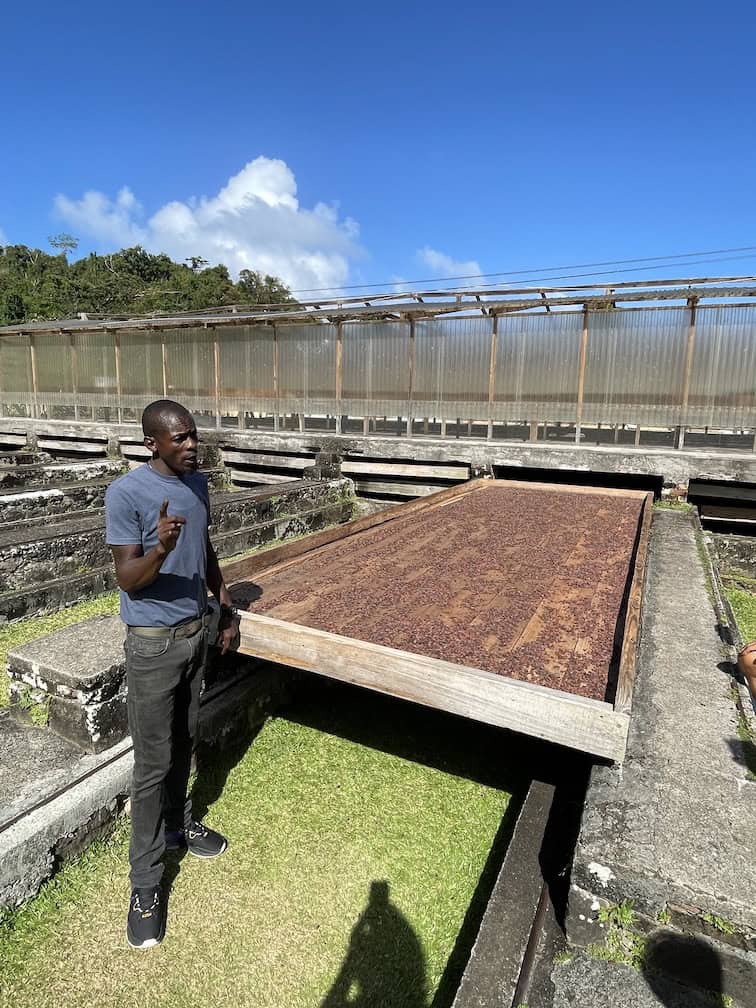
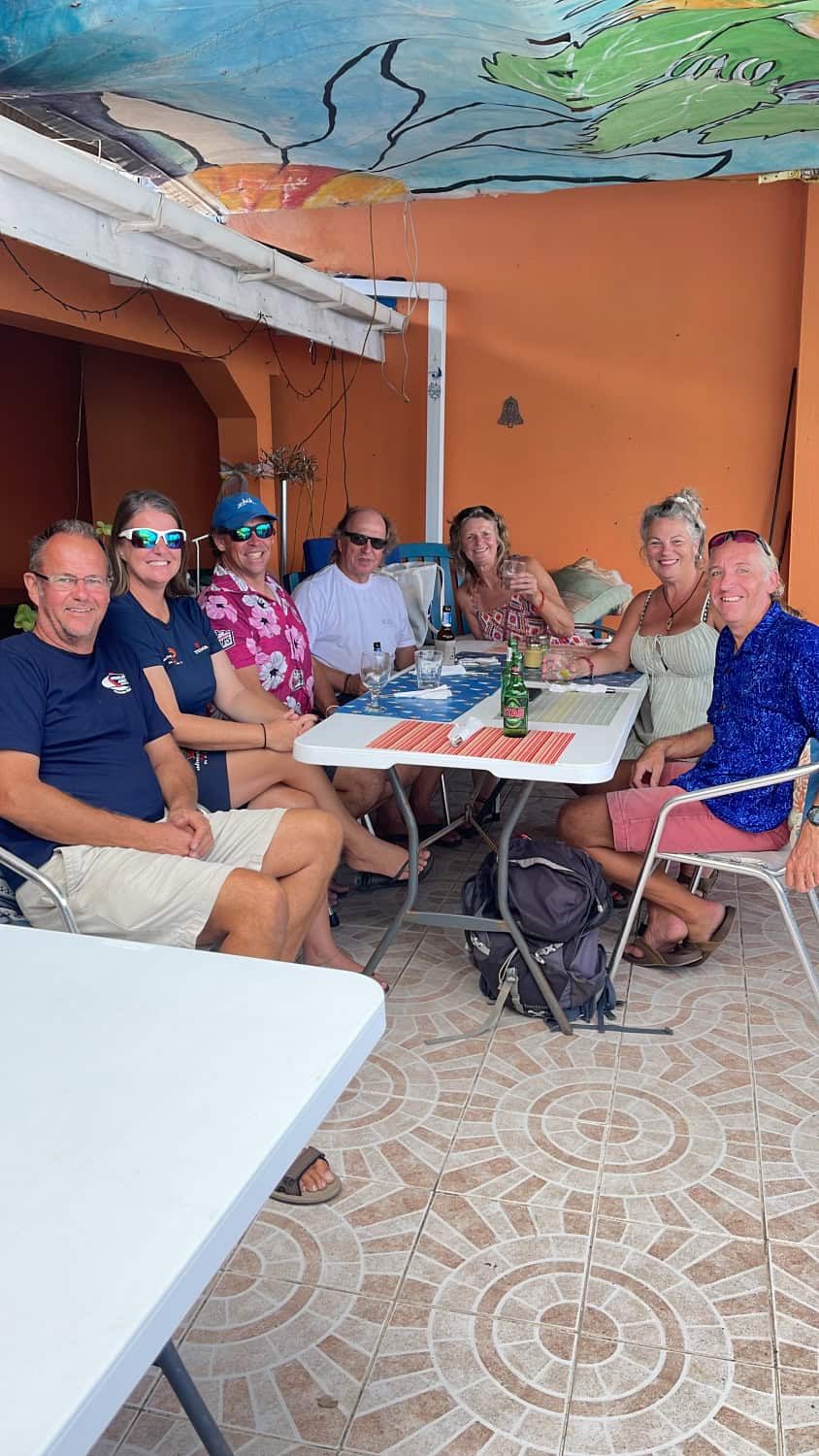
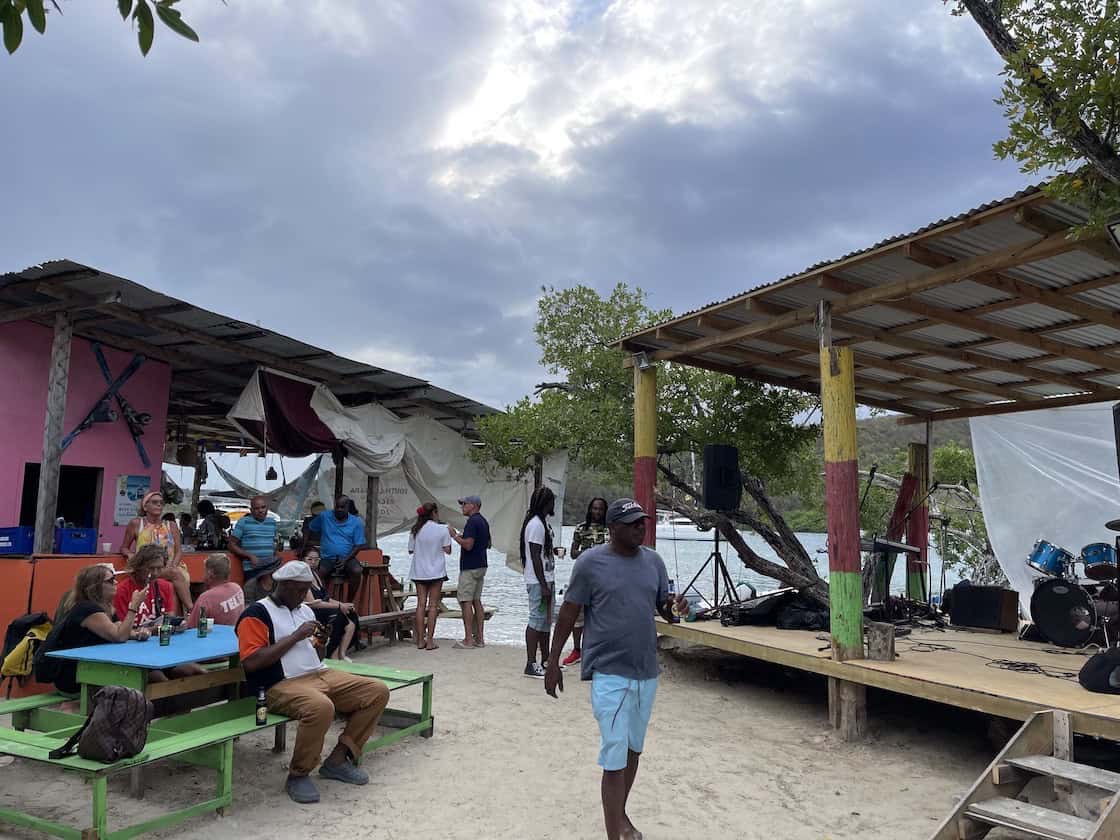
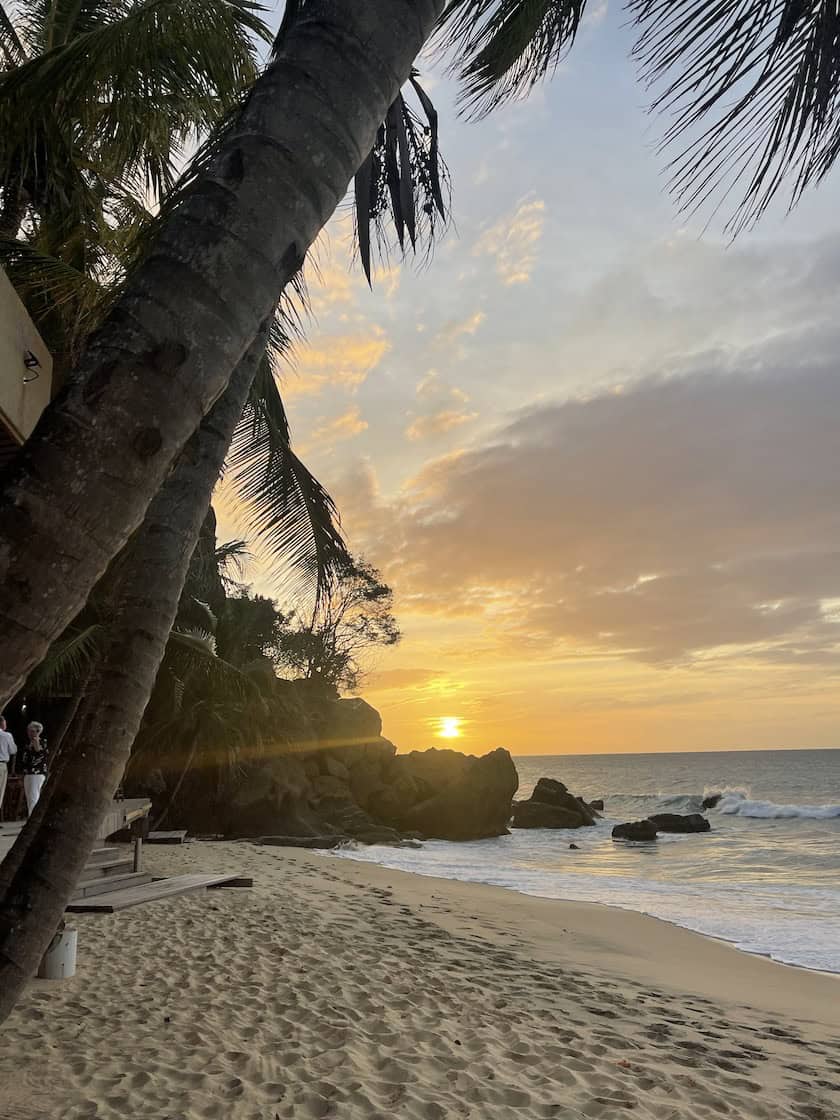
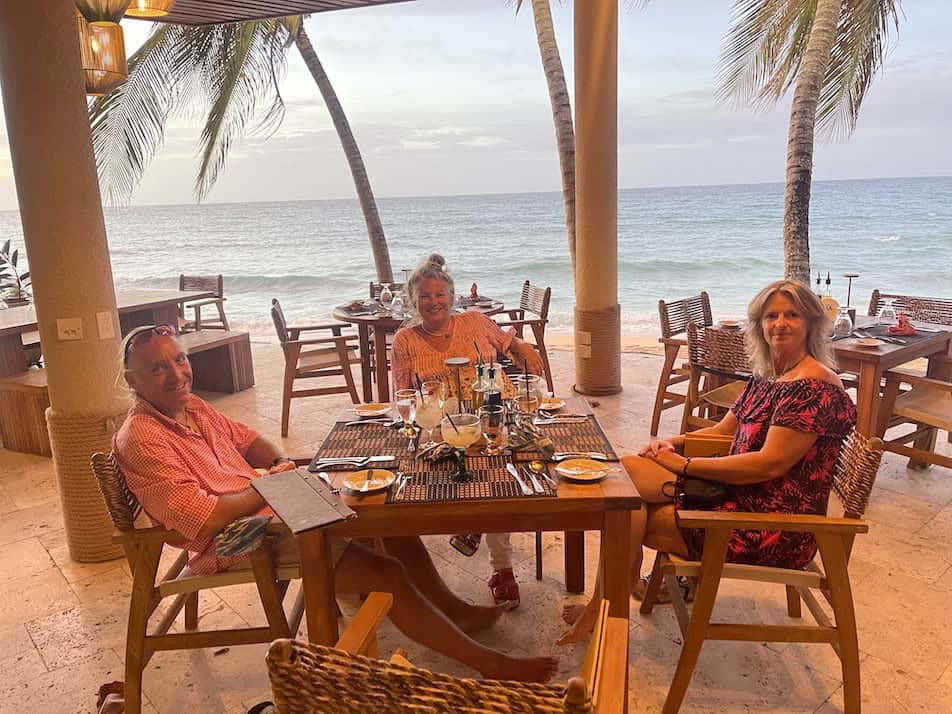

Wow. That was a big and very kind effort on your part Martin to sort out that part for Tam Lin. They must have been so grateful.
Can’t believe you’ve been sailing about for 3 years!
Hi,
It’s all about helping out when you can. You never know when you may need it yourself.
We left the U.K. almost four years ago! Time flies.
X